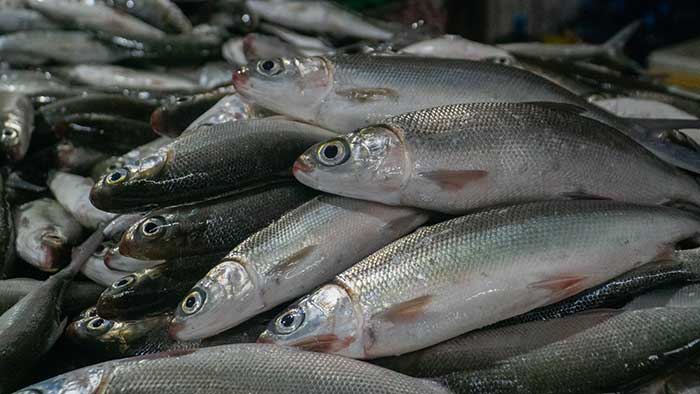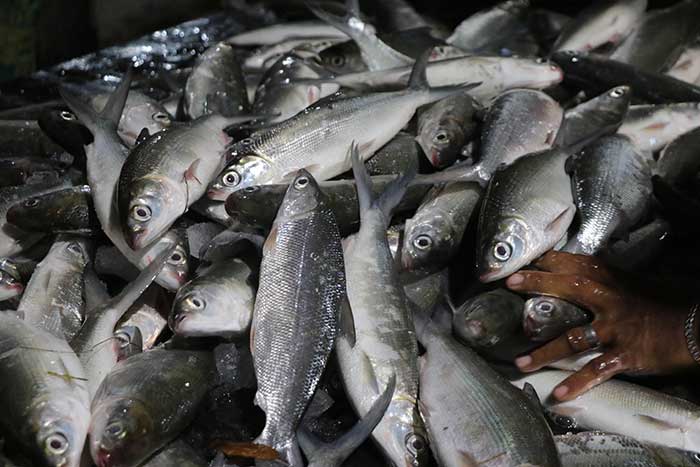By Nyra Armada
While the El Niño phenomenon brings about a cascade of environmental changes, such as extreme heat and below-normal rainfall, SEAFDEC/AQD says it also presents an opportunity for milkfish production.
SEAFDEC/AQD Chief Dan Baliao recognized that while fish farmers relying on freshwater species, such as tilapia and catfish, will be especially challenged by El Niño, those farming brackish and marine species should seize the opportunity the dry and warm season brings.
Milkfish: Thriving in the El Niño heat
Baliao shared that the milkfish breeders at AQD’s Tigbauan Main Station are now spawning daily, and their hatcheries are mostly filled with larvae. He said the heat exacerbated by the El Niño provides an advantage for breeders, as the relatively high water temperatures stimulate milkfish metabolism, leading to spawning and ample egg and larvae production.
On the other hand, during cold months between November and February, AQD has to invest in industrial water heaters to keep the breeders active at a water temperature between 29 to 30 degrees Centigrade and ensure a continuous supply of eggs for hatcheries.
Traditional methods prevail
During El Niño, the absence of heavy rainfall is also a boon for milkfish ponds with natural food production. The lack of rainfall encourages better pond preparation for the growth of natural food sources such as “lab-lab,” a naturally occurring mat of benthic algae that thrives in brackishwater fishponds but dissipates when exposed to rain.
Baliao said that fishpond operators can save on supplemental feeding if they take advantage of good “lab-lab” growth during dry spells because “lab-lab” itself is a robust source of fish nutrition.
However, he also suggested good water management during the tidal cycle and warned that farmers should take extra care by maintaining desirable pond water levels and stocking densities because extreme heat followed by a sudden rainfall can cause fish kills.
“Farmers ought to stock only the recommended density of 2,500 to 3,000 milkfish fingerlings per hectare. Stocking beyond what is recommended would necessitate additional investment on artificial feeds and life support systems,” he added.
Setting the stage for rainy season
While El Niño prevails, Baliao encouraged farmers to engage in proactive pond management to prepare for the eventual return of the rainy season. Activities such as pond preparation, application of organic fertilizers, and liming are prioritized during this favorable weather period, setting the stage for successful runs when rainfall resumes.
Baliao emphasized the importance of utilizing the dry and warm months to grow more brackish and marine species, such as milkfish, because it’s not just about the weather; it’s about harmonizing with nature to farm smarter.
Milkfish harvested at SEAFDEC/AQD’s Dumangas Brackishwater Station in Dumangas, Iloilo.




















